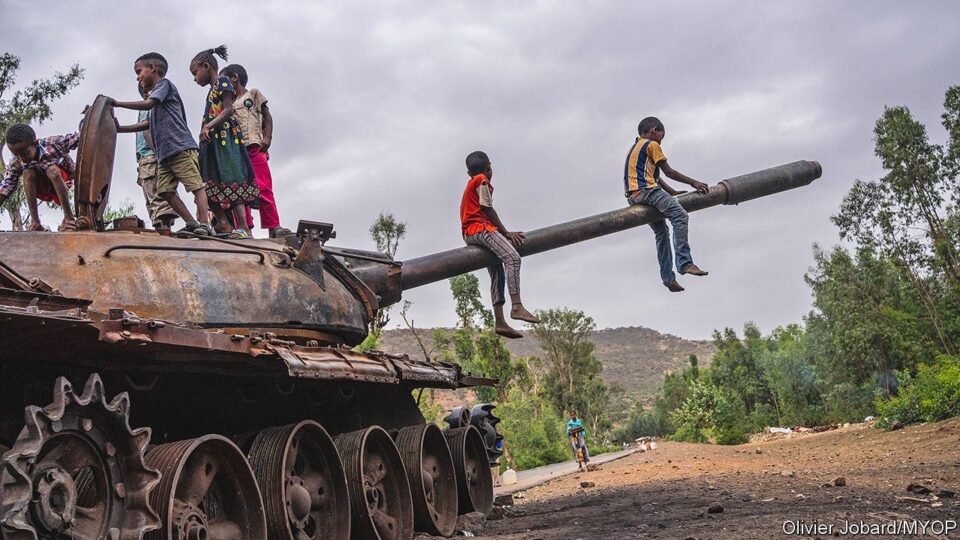ADDIS ABABA, Ethiopia — Tensions between Ethiopia and Eritrea have escalated sharply in recent months, raising concerns among analysts and international observers about the potential for renewed conflict in the Horn of Africa.
The friction stems from Ethiopia’s renewed efforts to secure access to the Red Sea, a strategic objective for the landlocked nation since Eritrea’s independence in 1993.
In January 2024, Ethiopia signed a memorandum of understanding with Somaliland, a self-declared independent region of Somalia, to lease a 19-kilometer stretch of coastline for the development of a naval base.
This move was met with strong opposition from Somalia, which considers Somaliland part of its territory, and from Eritrea, which views Ethiopia’s maritime ambitions as a threat to regional stability.
Compounding the situation is the ongoing instability in Ethiopia’s Tigray region. A power struggle within the Tigray People’s Liberation Front (TPLF) has led to the ousting of interim president Getachew Reda by a faction led by Debretsion Gebremichael.
Reports suggest that Eritrean intelligence may have supported Debretsion’s faction, further straining relations between Addis Ababa and Asmara.
Both countries have reportedly mobilized troops along their shared border. Eritrea has called for nationwide military enlistment, while Ethiopia has deployed forces to key border areas.
Analysts warn that these developments could lead to a direct military confrontation, with potentially devastating consequences for the region.
The African Union and international partners have called for restraint and dialogue to prevent further escalation.
However, the lack of trust between the two governments and the complex web of regional alliances make a diplomatic resolution challenging.




